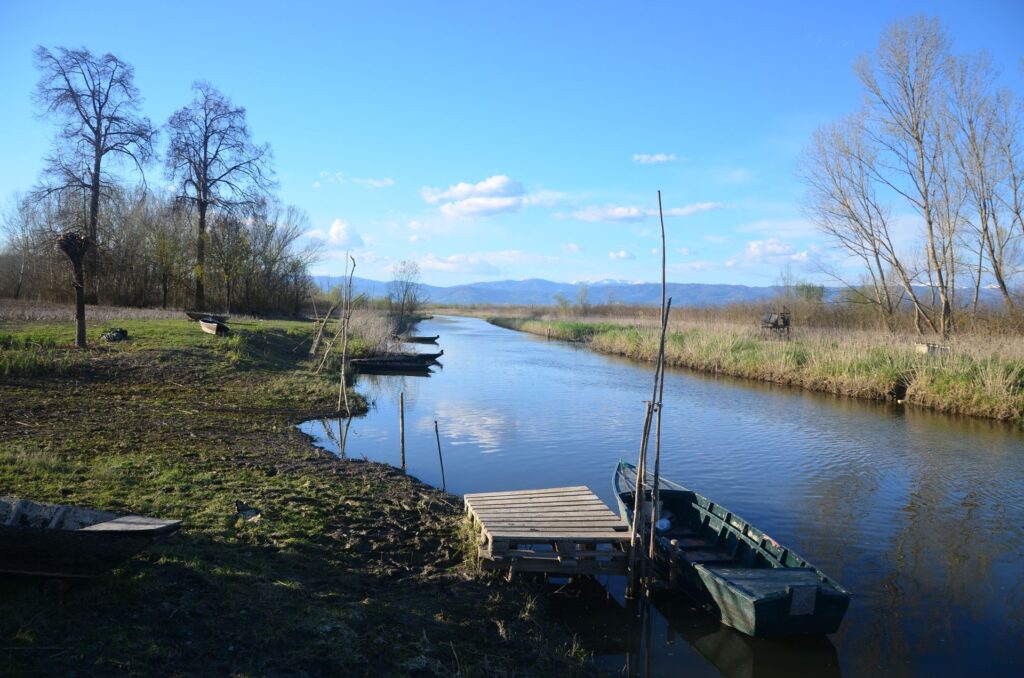- The Museum
- The Rooms
- Archaeology (1-6)
- Art (7-15)
- Room 7. Paintings, frescoes and Minor Guilds from the 13th to the 15th centuries
- Room 8. The great 16th-century paintings
- Room 9. 17th-century paintings
- Room 10. The jewellery room
- Room 11. 17th- and 18th-centuries paintings and jewellery
- Rooms 12-13. The sacred vestments
- Room 14. The relics of Giuseppe Montanelli (Fucecchio, 1813-1862)
- Room 15. The Arturo Checchi collection (Fucecchio 1886 – Perugia 1971)
- Nature (16-17)
- Collections
- Temporary exhibitions
- Events
- Multimedia
- Surroundings
- Versione italiana
- The Museum
- The Rooms
- Archaeology (1-6)
- Art (7-15)
- Room 7. Paintings, frescoes and Minor Guilds from the 13th to the 15th centuries
- Room 8. The great 16th-century paintings
- Room 9. 17th-century paintings
- Room 10. The jewellery room
- Room 11. 17th- and 18th-centuries paintings and jewellery
- Rooms 12-13. The sacred vestments
- Room 14. The relics of Giuseppe Montanelli (Fucecchio, 1813-1862)
- Room 15. The Arturo Checchi collection (Fucecchio 1886 – Perugia 1971)
- Nature (16-17)
- Collections
- Temporary exhibitions
- Events
- Multimedia
- Surroundings
- Versione italiana
- The Museum
- The Rooms
- Archaeology (1-6)
- Art (7-15)
- Room 7. Paintings, frescoes and Minor Guilds from the 13th to the 15th centuries
- Room 8. The great 16th-century paintings
- Room 9. 17th-century paintings
- Room 10. The jewellery room
- Room 11. 17th- and 18th-centuries paintings and jewellery
- Rooms 12-13. The sacred vestments
- Room 14. The relics of Giuseppe Montanelli (Fucecchio, 1813-1862)
- Room 15. The Arturo Checchi collection (Fucecchio 1886 – Perugia 1971)
- Nature (16-17)
- Collections
- Temporary exhibitions
- Events
- Multimedia
- Surroundings
- Versione italiana

The Fucecchio Marshes
The Fucecchio Marshes cover an area of about 1,800 hectares, divided between the Provinces of Pistoia and Florence.
In spite of it being drastically reduced with respect to the ancient lake-marshes which once covered most of the southern Valdinievole, today it is still the largest inland marsh in Italy.
The most naturalistically interesting area is situated mainly in the Communes of Larciano, Ponte Buggianese and Fucecchio.
From the geographic point of view, the Marshes are a more or less triangular basin lying in the Valdinievole, south of the Pistoiese Apennines, between Montalbano and the Cerbaie Hills.
The main water supply comes from the water courses of the pre-Apennine slopes.
The only emissary from the Marshes, the Usciana Canal, runs more or less parallel to the River Arno for 18 kilometres and flows into it near Montecalvoli (Pisa).
The value of this area is increased by its contiguity with other areas of great environmental value: Montalbano, the Cerbaie Hills and the little Sibolla Lake which is joined to the Marshes via the Sibolla Trench.
The Natural Reserve “Padule di Fucecchio” is equipped with structures for visits, including three observatories (one of them converted from one of the characteristics Marsh cabins).
As weIl as the richness of its landscape and nature, the Marshes have maintained the fascination of the historical events related to the great Medici and Lorena families.
Here still remain important testimonies of the work of man, which over the centuries have shaped and changed the very structure of the wetland: the canals and port systems, signs of ancient and important waterways; the Medicean Bridge at Cappiano, the centre for controlling the water regime and fishing activities, as well as an important stop along the Via Francigena; the Capannone Farm complex, which was one of the main berthings of the Valdinievole; the buildings of industrial archaeology like the tobacco dryhouses.
The commemorative plaques so often found on the cabins or along the banks tell a more recent story: the tragedy of the barbaric massacre committed by the Germans on 23rd August, 1944.
A few skillful craftsmen still carry on residual activities related to the marsh grasses in the marshes: gathering and weaving “sarello” (tufted sedge) and “sala” reed-mace (False bulrush) (to wicker seats and cover wine flasks), “Gaggia” (False Indigo) and other typical wetland plants.
Hours
from Tuesday to Friday 10.00-13.00
Saturday and Sunday 16.00-19.00
© 2021. Città di Fucecchio – P.IVA e CF 01252100480
Credits – Privacy Policy



